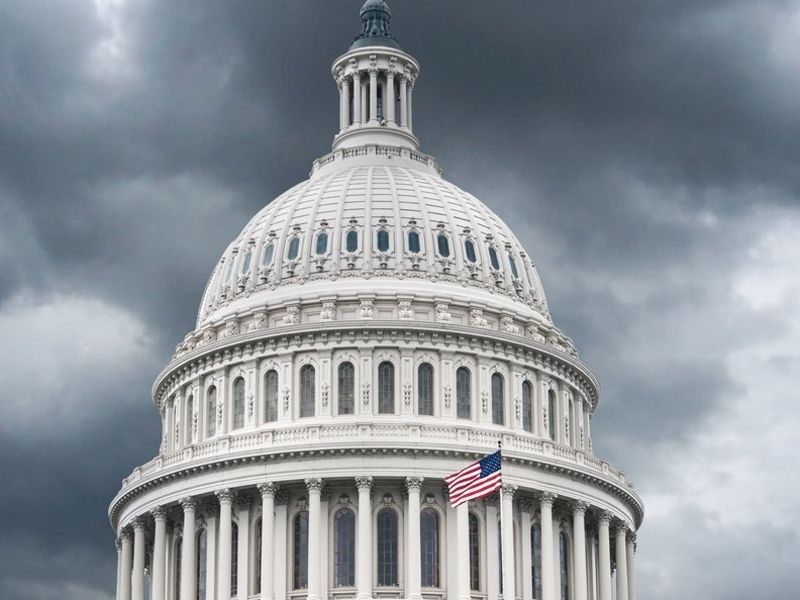
Senate Democrats Monday listed funding instructions and policy recommendations for committees as they begin to draft sections of the $3.5 trillion reconciliation bill.
Here’s what healthcare industry stakeholders should know about the resolution framework:
1. The Senate Finance Committee was instructed to reduce the deficit by $1 billion over 10 years. The committee will attempt to offset costs through revenue collected from a carbon polluter import fee, reforms to corporate and international taxes, and new taxes to high-income individuals. The committee also may see billions in healthcare savings as a result of plans to lower prices of prescription drugs, according to the memo.
2. There is a goal to expand Medicaid by urging the 12 remaining states that have not yet lowered eligibility under the Affordable Care Act. This would provide insurance to 2.2 million people.
3. Another priority is to lower the age of Medicare eligibility and cover dental, vision and hearing. Senate Budget Committee Chairman Bernie Sanders (I-Vt.) told reporters in June that Democrats would include those policies in the reconciliation bill. Hospitals and insurers have protested the move since it would decrease commercial payer coverage.
4. Committees are instructed to invest in maternal health, long-term care for seniors and disabled persons through state-funded home and community-based services, and healthcare workforce shortages.
5. The Senate Health, Education, Labor, and Pensions Committee is set to receive $726 billion in the Senate’s reconciliation process. No Republican votes are needed for the resolution to pass. The money is to benefit primary care, health equity, and pandemic preparedness.
The budget memo did not outline further cost offsets and reductions expected as a result of the reconciliation bill’s impact on the net budget. A final memo is expected by Sept. 15.
Source link : https://www.modernhealthcare.com/politics-policy/senate-democrats-outline-priorities-reconciliation-bill











